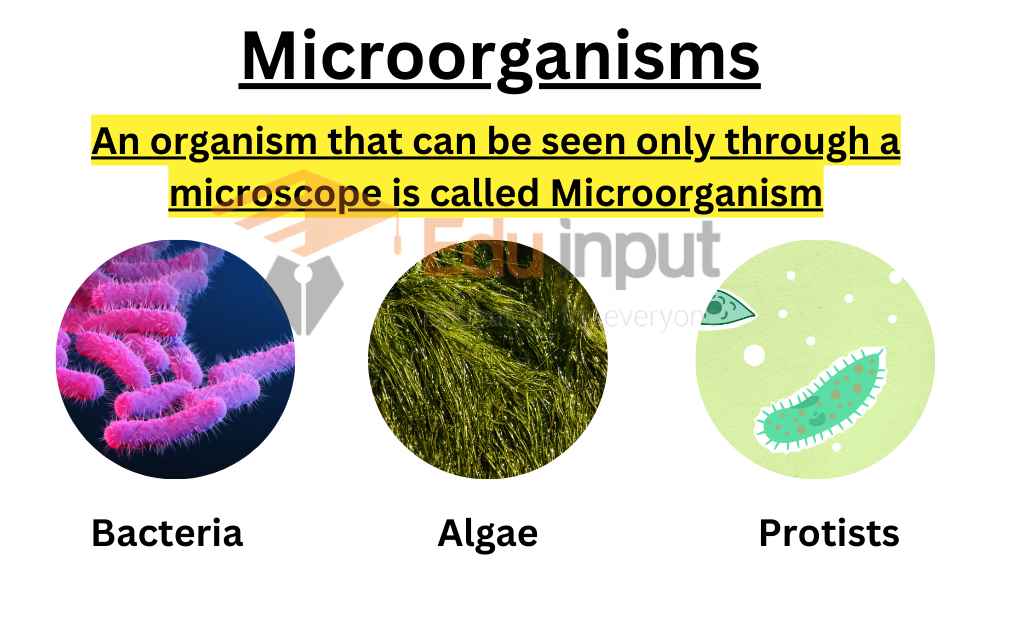Digital Pcr

Digital PCR (dPCR) is a revolutionary technology that has transformed the field of molecular biology, enabling precise and sensitive quantification of nucleic acids. This technique has become an essential tool in various applications, including gene expression analysis, genetic testing, and disease diagnosis. In this article, we will delve into the principles, advantages, and applications of digital PCR, highlighting its significance in modern molecular biology.
Key Points
- Digital PCR is a highly sensitive and precise technique for quantifying nucleic acids.
- It involves partitioning a sample into numerous small reactions, allowing for the detection of rare targets.
- dPCR has various applications, including gene expression analysis, genetic testing, and disease diagnosis.
- The technique offers advantages over traditional PCR methods, including improved sensitivity, specificity, and reproducibility.
- dPCR is particularly useful for detecting and quantifying rare mutations, making it a valuable tool in cancer research and diagnostics.
Principles of Digital PCR

Digital PCR is based on the principle of partitioning a sample into numerous small reactions, allowing for the detection of rare targets. This is achieved by dividing the sample into thousands of tiny reaction chambers, each containing a single molecule or a few molecules of the target nucleic acid. The reactions are then amplified using PCR, and the resulting products are detected using fluorescence or other detection methods. By analyzing the number of positive reactions, the concentration of the target molecule can be determined with high precision.
Advantages of Digital PCR
Digital PCR offers several advantages over traditional PCR methods, including improved sensitivity, specificity, and reproducibility. The technique is particularly useful for detecting and quantifying rare mutations, making it a valuable tool in cancer research and diagnostics. Additionally, dPCR can be used to analyze complex samples, such as those containing multiple targets or inhibitors, with high accuracy.
| Application | Advantages |
|---|---|
| Gene Expression Analysis | High sensitivity, specificity, and reproducibility |
| Genetic Testing | Ability to detect rare mutations, improved accuracy |
| Disease Diagnosis | High sensitivity, specificity, and reproducibility, ability to analyze complex samples |

Applications of Digital PCR

Digital PCR has a wide range of applications in molecular biology, including gene expression analysis, genetic testing, and disease diagnosis. The technique is particularly useful for analyzing complex samples, such as those containing multiple targets or inhibitors. In cancer research, dPCR can be used to detect and quantify rare mutations, allowing for the development of targeted therapies. Additionally, the technique can be used to analyze the genetic material of microorganisms, making it a valuable tool in microbiology and infectious disease research.
Gene Expression Analysis
Digital PCR is a powerful tool for gene expression analysis, allowing researchers to quantify the expression levels of specific genes with high precision. The technique is particularly useful for analyzing complex samples, such as those containing multiple cell types or tissues. By analyzing the expression levels of specific genes, researchers can gain insights into the underlying biology of a particular disease or condition, allowing for the development of targeted therapies.
Genetic Testing
Digital PCR is also a valuable tool in genetic testing, allowing for the detection and quantification of rare mutations. The technique is particularly useful for analyzing complex samples, such as those containing multiple targets or inhibitors. By analyzing the genetic material of an individual, researchers can identify specific mutations associated with a particular disease or condition, allowing for the development of targeted therapies.
What is digital PCR and how does it work?
+Digital PCR is a technique that involves partitioning a sample into numerous small reactions, allowing for the detection of rare targets. The reactions are then amplified using PCR, and the resulting products are detected using fluorescence or other detection methods.
What are the advantages of digital PCR over traditional PCR methods?
+Digital PCR offers several advantages over traditional PCR methods, including improved sensitivity, specificity, and reproducibility. The technique is particularly useful for detecting and quantifying rare mutations, making it a valuable tool in cancer research and diagnostics.
What are the applications of digital PCR in molecular biology?
+Digital PCR has a wide range of applications in molecular biology, including gene expression analysis, genetic testing, and disease diagnosis. The technique is particularly useful for analyzing complex samples, such as those containing multiple targets or inhibitors.
In conclusion, digital PCR is a powerful tool in molecular biology, offering high sensitivity, specificity, and reproducibility. The technique has a wide range of applications, including gene expression analysis, genetic testing, and disease diagnosis. By analyzing the genetic material of cells or microorganisms, researchers can gain insights into the underlying biology of a particular disease or condition, allowing for the development of targeted therapies. As the field of molecular biology continues to evolve, digital PCR is likely to play an increasingly important role in the diagnosis and treatment of diseases.



